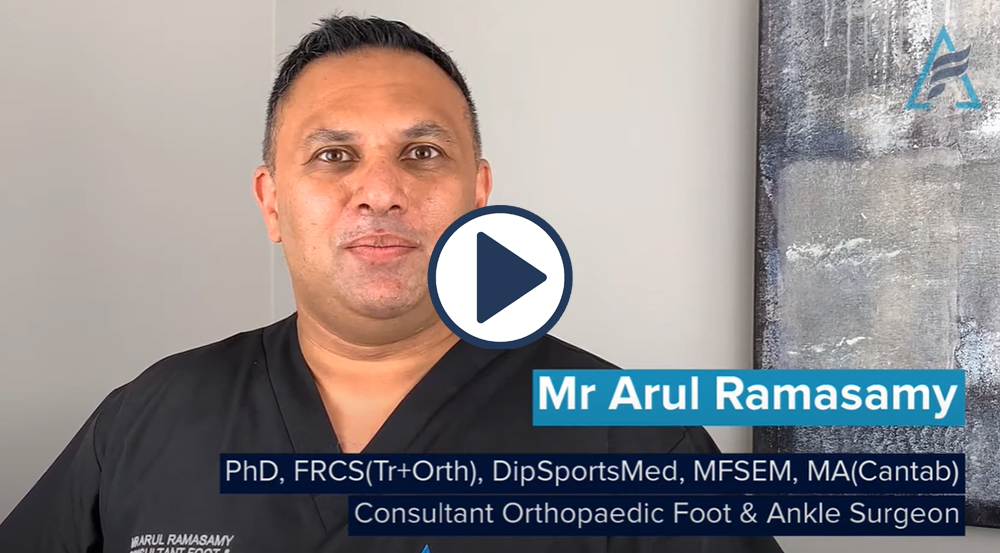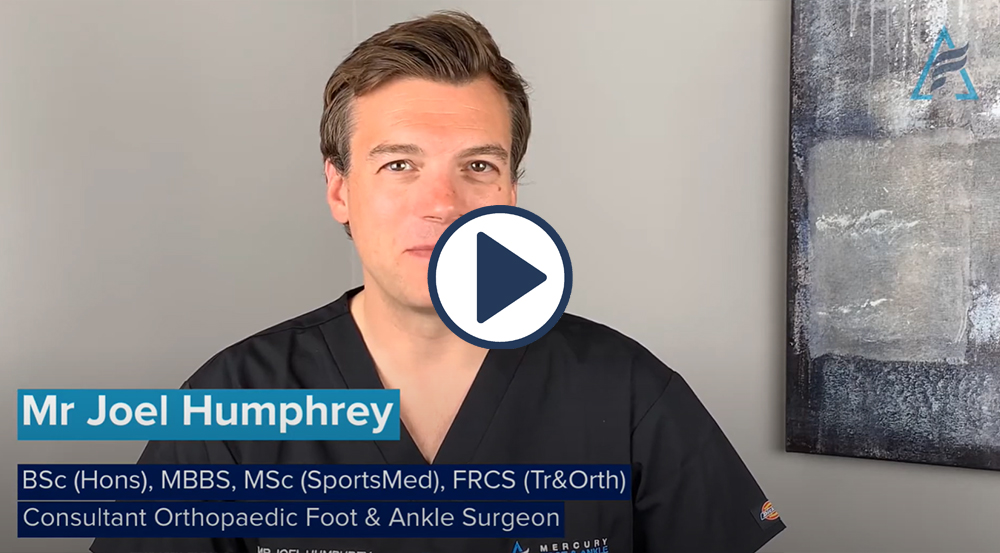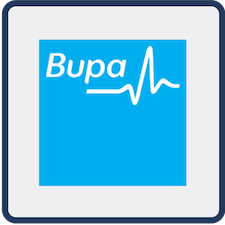Achilles Tendinopathy

What is the Achilles tendon?
The Achilles tendon or heel cord, is a large strong tendon in the back of the leg that joins the heel bone (calcaneum) to the calf muscles (gastrocnemius and soleus). The Achilles tendon pulls on the heel, causing the foot to point downwards and push off the ground during walking or running.
What is Achilles tendinopathy?
Achilles tendinopathy is a common condition. The average patient is in their 40s and has a pre-existing tight Achilles tendon. The Achilles tendon undergoes a degenerative process in response to repetitive small tears that do not completely heal after each injury. Achilles tendinopathy can occur in the mid-portion of the Achilles tendon (non-insertional) or where the Achilles tendon inserts into the heel bone (insertional). Insertional Achilles tendinopathy can occur as a component of Haglund’s syndrome.
What is Haglund’s syndrome?
Haglund’s syndrome is a triad of conditions, which consists of insertional Achilles tendinopathy in conjunction with inflammation between the Achilles tendon and the heel bone (retrocalcaneal bursitis) and a bony prominence on top of the heel bone (Haglund’s deformity).
What are the symptoms of Achilles tendinopathy?
Most patients experience gradual onset of pain, swelling and stiffness, either over the mid-portion or insertion, of their Achilles tendon. It can occur without any specific injury. Initially the symptoms are associated with activity or first thing in the morning, but over time can become more constant. The symptoms are worse with jumping, running and walking up hill. In some cases, the Achilles tendon may become red, warm, tender to touch or thickened in appearance. A bony bump at the back of the heel can develop in insertional Achilles tendinopathy.
How do you treat Achilles tendinopathy?
Some of the non-surgical treatments are discussed for Achilles tendinopathy but it is by no way exhaustive. Non-surgical treatments are effective in the majority of patients.
Appropriate footwear is recommended which is supportive and fits well. A soft cushioning at the back of the shoe can be beneficial.
Orthoses (medical insoles) can be useful to improve the foot position and, reduce the forces transmitted through the Achilles tendon whilst walking and standing. You can be referred to the Orthotist for a specialist opinion.
Simple painkillers such as paracetemol, anti-inflammatory tablets (e.g. ibuprofen) or anti-inflammatory gels can be beneficial. Ask advice from your doctor or pharmacist before taking anti-inflammatory medicines as they can have side-effects in some people.
Weight-loss is an important part of the treatment plan, if you are overweight. It might be discussed as a part of your consultation. If required your general practitioner will be able to refer you onto a weight loss program.
Activity modification aims to reduce activities that cause symptoms of Achilles tendinopathy. A reduction in impact activities, such as running, may be required for a specified period of time. Fitness can be maintained by doing other forms of exercise such as cycling or swimming.
Physiotherapy involving calf muscle eccentric exercises are very effective for many patients and form the mainstay of treatment to promote long term resolution of Achilles tendinopathy. It is important the exercises are undertaken regularly. You can be referred to the physiotherapist for specialist input.
Extracorporeal shockwave therapy is offered to patients with Achilles tendinopathy, who have not responded first line treatments. It is a procedure that passes shockwaves through the skin to the Achilles tendon. The shockwaves are low energy sound waves (not electric waves) that increase the blood flow to speed up the body’s healing process.
Can you treat Achilles tendinopathy with surgery?
Surgery would only be considered an option as a last resort after non-surgical treatments have failed, and would depend on the extent of your condition and medical co-morbidities. Surgery is not without risks and has an associated prolonged recovery period.
Wellbeing Advice
Patients that have a healthy diet, take regular exercise and refrain from smoking are more likely to experience a quicker recovery with a more successful outcome from their surgery.
If you have any concerns about your general health and well-being (diet, exercise, smoking cessation) you are encouraged to discuss this with your GP, who will be able to provide advice on the options available to you.
We hope this leaflet has answered any questions you might have. If you have any further queries, please feel free to discuss them with any of the medical or nursing staff.
Testimonials

My condition had deteriorated to the point that I was unable to walk for extended periods of time without pain and swelling of the ankle, and I would rarely be able to join in most family activities. The support and guidance provided by Mr Ramasamy were exemplary and enabled me to make a fully informed decision regarding the options available to me. Now, the pain is much more manageable and the stability that the treatment has provided is such that I feel that I regained a significant part of my life and as such my confidence.
I found Mr Ramasamy extremely professional and reassuring. On the day of my procedure I received the most efficient, organised and professional care in my life. Your nurses were the best I have ever experienced. Mr Ramasamy’s team, in theatre made me feel at ease and made the whole procedure more bearable. They go way beyond the extra mile for their patients.
I wanted to share my excellent experiences and compliment Mr Ramasamy and his team. I found him extremely professional and reassured that he understood how much pain I was in. On the day of my procedure, it was the most efficient, organized and professional care I have ever received – from checking into reception to being allocated a bay and taken into theatre – your nurses in the recovery area were the best I have ever received. Mr Ramasay’s team, especially in theatre, made me feel at ease, kept me informed throughout the whole procedure and made the whole procedure more bearable.
Send Us A Message

If you have a question or want to reach out to us directly, use the contact form below and send us a message.








